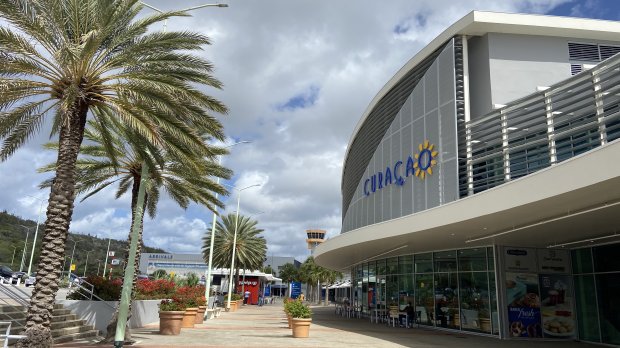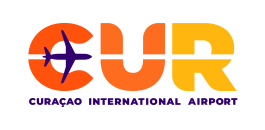Curaçao International Airport – Q3 2020 Traffic Overview

The long, winding, and unpredictable road to the runway.
The recovery of commercial passenger traffic gradually restarted in mid-June with the opening of the borders for Dutch Caribbean air service and in July for The Netherlands. The borders remained closed for Curacao’s second largest tourism market the United States and for Colombia and Panama. This due to the risk associated with the spread of the COVID-19 virus in the different countries. With the recovery in its initial stage and showing conservative positive results, the uncertainties surrounding the continuation of passenger traffic growth is highly dependent on the corona virus.
During the months of July, August and September 2020, International Departing Traffic, currently Amsterdam gateway traffic, increased by +75% over June, +98% over July and decreased by -4% over August. The restart of flights from Amsterdam by KLM and TUI, brought mostly VFR, Visiting Friends and Relatives traffic, second homeowners and vacationers seeking peace of mind. KLM has up-gauged equipment from B781 to B777, a 20% increase in seat capacity and additional cargo space. TUI has increased weekly frequencies to six (6) times with the B787.
The borders with the Dutch Caribbean Islands, Aruba, Bonaire and St. Maarten opened for commercial passenger traffic in the middle of June with a substantial increase in VFR and business passenger traffic through the month of July. In July 2020, the Dutch Caribbean market regained 43% of July 2019 inter-island traffic, a very positive trend. Given a large increase of positive COVID-19 cases and local transmissions in July, borders with Aruba and St. Maarten were closed and subsequently in September with Bonaire for commercial passenger traffic. This negatively impacted the connectivity within the islands and our local airline partners.
Air Service remains extremely volatile in the world. The airline industry is expected to lose USD419B in revenues for 2020. According to IATA, International Air Transport Association, the rebound in economic activity, which was historically one of the leading indicators of air travel demand, will have limited impact on passenger volumes unless the pandemic is contained. Widespread reliable testing will be one of the crucial factors for growth in passenger volumes in the near term before the vaccine is developed and distributed.
According to the latest IATA’s passenger survey, willingness to fly remains low. More than half of the respondents plans to travel no sooner than in six (6) months. The risk of compulsory quarantine at destination is one of the key deterrents; 83% of the respondents indicated that they will not travel if there is chance of quarantine after arrival. IATA further stated that there has been a significant change in traveler behavior towards booking trips much closer to the departure date, as travelers remain concerned about unexpected changes in travel restrictions and quarantine requirements.
Airport Council International (ACI) and IATA are strongly advocating a globally consistent approach for testing international passengers as the feasible alternative to quarantine measures, removing the main barrier to a more positive restart of air traffic.
Curacao Airport Partners (CAP) remains cautiously optimistic with minimal traffic recovery for 2020. The strong partnership with current and potential airline partners has been intensified throughout the first months of the pandemic and the trust supports the restart of air service by all current airline partners when the borders reopen for commercial passenger traffic from the respective gateways.
CAP re-forecasted passenger traffic movements (all arriving and departing passengers) for 2020 based on research and current data to be 500,000 which is a decrease of -65% compared to year end 2019 and 34% recovery of 2019 passenger movements.
“Passenger traffic forecasting relies heavily on situations beyond our control” said Paulo Mazzali, CAP co-CEO. “Our traffic volumes and resulting large financial losses caused our team to cut our costs to a minimum for 2020 and in the next few years, and the level of commitment and engagement of our workforce is encouraging. We are sure that our strong cooperation with our airline partners and local tourism, business, and government stakeholders will result in a safe and steady road to recovery, albeit not forecasted as quite robust at this moment”.

